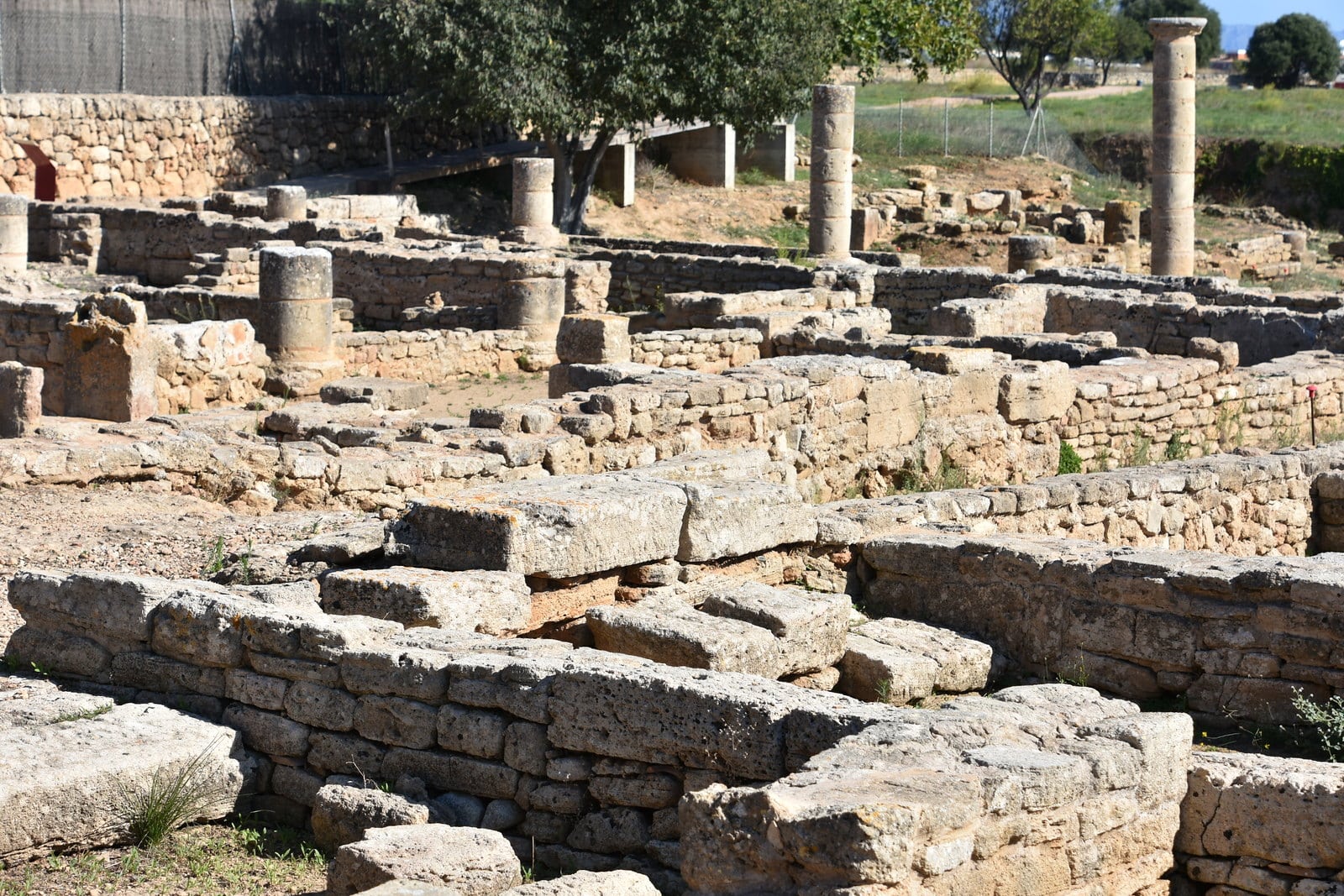

Archaeologists have discovered what appears to be a Roman-era fast food stall on the island of Mallorca, offering new insight into what people ate in the ancient city of Pollentia more than 2,000 years ago.
At the center of the find is a 13-foot-deep waste pit located near the ruins of a small food shop. Inside, researchers found pottery fragments, animal bones, and other trash that help date the area’s use to between 10 B.C. and A.D. 30.
Among the most striking finds were the bones of thrushes—small songbirds—indicating their frequent role in the Roman diet.
Alejandro Valenzuela of the Mediterranean Institute for Advanced Studies led the study, published in the International Journal of Osteoarchaeology. He said the evidence sheds light on how local food practices in Roman cities blended seasonal ingredients with quick, accessible meals.
Pollentia was founded after Rome seized control of the Balearic Islands in 123 B.C. It later grew into a busy port town with temples, forums, cemeteries, and shops. One shop, in particular, appears to have operated as a popina—a Roman-style street food stall—where locals could stop for a quick bite and a drink of wine.
Archaeologists uncovered six large amphorae embedded into a stone counter, a feature common in food and drink service. Just beside it, the garbage pit contained not only everyday ceramic waste but also mammal, fish, and bird bones—some of which offered unusually well-preserved clues about ancient diets.
Valenzuela focused his analysis on the bird remains, especially the thrush bones. While such fragile remains are rarely found intact at Roman sites, they were preserved in high numbers here. Most strikingly, skulls and breastbones were found in large quantities, while the meatier leg and wing bones were mostly missing.
New research shows that Songbirds were a popular snack in 1st-Century AD, Mallorca.
A fascinating new study published in the International Journal of Osteoarchaeology reveals that song thrushes — small migratory birds — were once a popular form of Roman street food, challenging… pic.twitter.com/D6gAHYEkYS
— ArchaeoHistories (@histories_arch) June 11, 2025
This pattern suggests the birds were already prepared and consumed before the remains were tossed into the pit. Valenzuela wrote that this suggests thrushes are a regular, possibly seasonal, part of local meals served in fast-paced, public settings.
Roman historical texts describe hunters capturing birds in bulk using nets or traps and selling them to local vendors. The vendors then cooked and distributed them in stalls, like the one discovered at Pollentia.
According to the study, thrushes may have been flattened by removing the breastbone to allow for faster cooking, possibly grilling or pan-frying. This technique would have kept the meat tender while speeding up preparation.
Fragments of ceramic dishes suggest the birds may have been served on plates, similar to meals at home. But given the fast-food context and the birds’ small size, Valenzuela said it’s also possible they were served on skewers or sticks for easier handling.
Beyond thrushes, the pit also held remains of domestic chickens and European rabbits. Their presence suggests a varied menu that went beyond birds and reflects a flexible, dynamic approach to food.
Valenzuela concluded that Roman cities, such as Pollentia, adapted to seasonal supply and local tastes, often integrating quick-service meals into everyday life. He noted that street food was not just a convenience—it was a defining part of the Roman urban experience.
